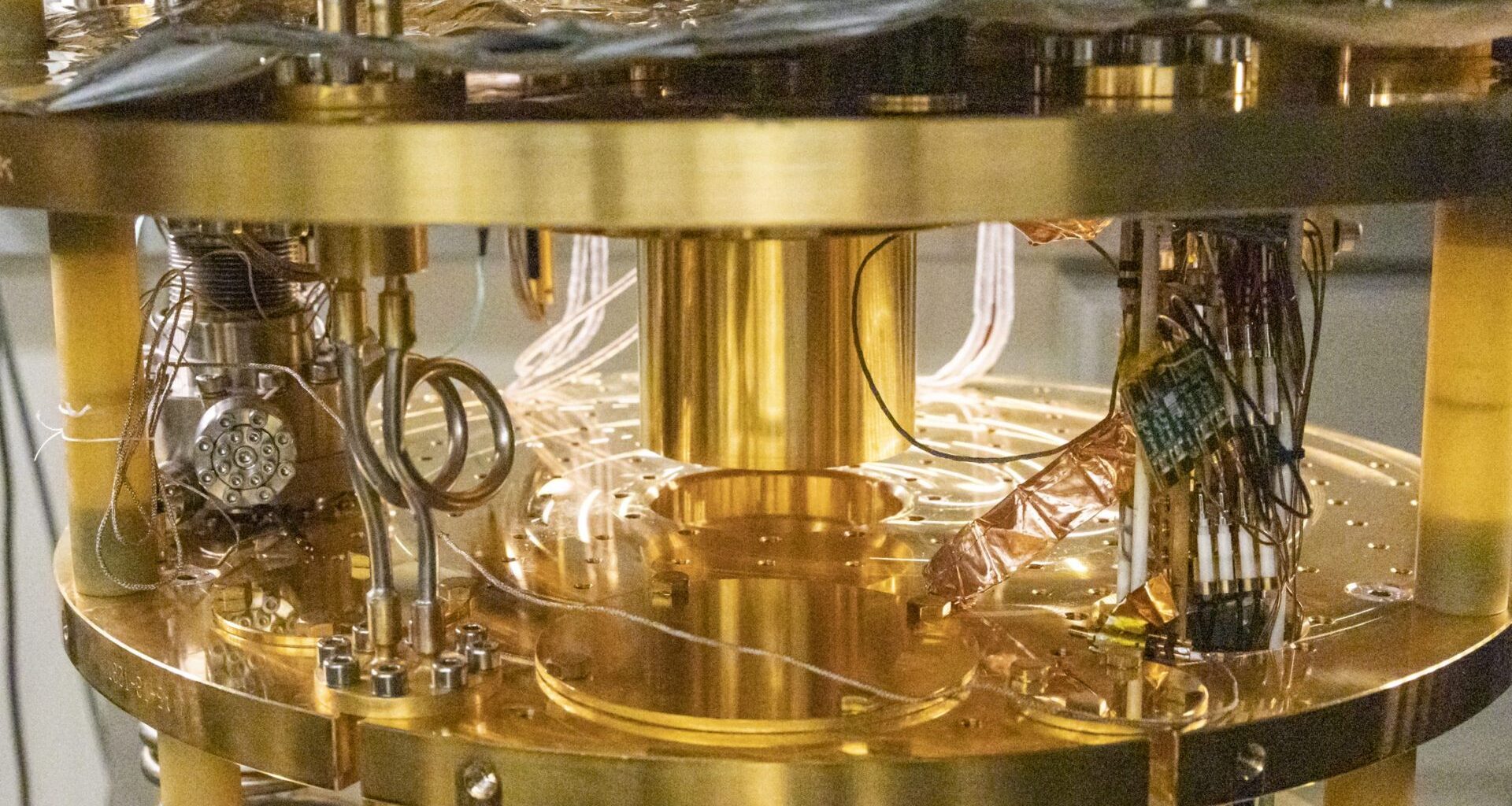Quantum computers are extremely expensive to build, often costing millions of dollars due to the need for specialized materials, components, and equipment such as cryogenic systems and advanced electronics.
This is one of the reasons why scientists in only some developed parts of the world currently have access to this advanced computing technology.
However, a new study by researchers at the University of the Witwatersrand, Johannesburg (Wits University) proposes a quantum computer made with ordinary equipment.
This innovation has the potential to make powerful quantum computing technology more affordable and accessible to all.
It may sound unbelievable, but the study authors build a quantum computer using only laser beams, digital displays (like those found in projectors), and simple lenses. When they ran tests, their computer successfully performed complex tasks and processed multiple levels of information beyond the capabilities of classical computers.
The uncanny power of light
The quantum computer built by the researchers is driven by the properties of light. They used a classically structured light, a type of light beam manipulated to have specific shapes, structures, or phases, enabling them to carry complex information.
By applying quantum principles, like state superposition (where a system can exist in multiple states at once), the researchers performed photonic matrix multiplication—a process where light patterns are used to perform mathematical operations with matrices.
“The key was linking how light interacts with optical devices, such as digital displays and lenses, to the mathematical operations that a quantum operation in a quantum computer performs,” the study authors note.
Once the classically structured light was successfully integrated with the optical components of the computer, the researchers tested their quantum system using the Deutsch-Jozsa algorithm.
This particular algorithm addresses a specific problem; identifying whether a function is constant (producing the same output for all inputs) or balanced (giving different outputs for half of the inputs). It may sound simple but this algorithm reveals whether a system is faster, better, and more efficient than a classical computer.
Analyzing the quantum computer’s performance
When the researchers tested their quantum computer, its performance surprised them because, similar to an expensive quantum system, their innovation outperformed classical computers by a significant margin.
While traditional computers work with only 0 and 1, “We’ve shown that our system can work with 16 different levels of information,” highlighted Mwezi Koni, lead researcher and an M.Sc. candidate at the Wits University.
“In theory, we could expand this to handle millions of levels, which would be a game-changer for processing complex information,” Koni added.
Moreover, since this quantum computer uses light to process information, the speed at which it can solve multiple complex calculations simultaneously is unmatchable.
“Traditional computers work like switchboards, processing information as simple yes or no decisions. Our approach uses laser beams to process multiple possibilities simultaneously, dramatically increasing computing power,” Isaac Nape, one of the study authors and an expert in quantum technology at Wits, said.
The Wits team is hopeful that their innovation will increase access to quantum computers in labs and quantum research facilities located in countries that can’t afford expensive quantum technologies.
The study is published in the journal APL Photonics.
